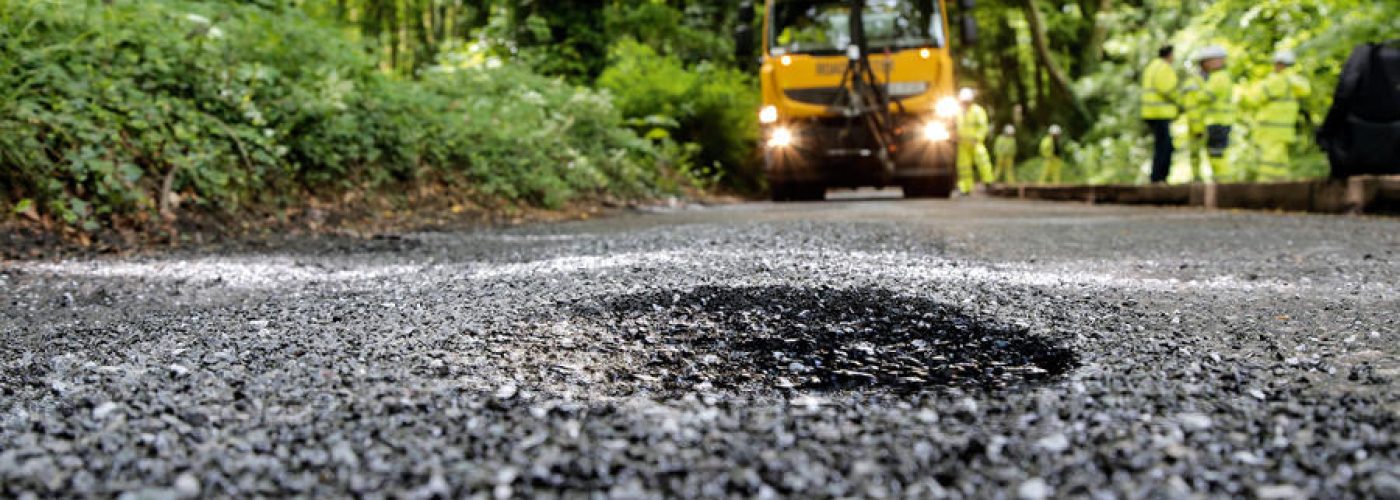The Annual Local Authority Road Maintenance (ALARM) survey found that the total carriageway maintenance expenditure across England and Wales in 2017-2018 was around £1.93 billion — an increase on the previous year’s £1.66 billion. The rising cost of highway repair and maintenance could be reduced by local authorities with the employment of simple preventative solutions.
The survey, published by the Asphalt Industry Alliance, also highlighted a gap of £3.3 million between the funds that local authority highways teams in England and Wales received in the last 12 months and the amount needed to keep the carriageway in ‘reasonable order’. One in five of local roads in the UK is now deemed to be structurally poor, meaning it has less than five years of life remaining.
“Anything that represents a more permanent repair — rather than patching — is a good thing: the taxpayer benefits, the local authority can spend money on more road maintenance or infrastructure projects, motorists face fewer repairs to their cars, and the total economic impact is ultimately reduced,” said Jochen Bromen, Application Technology Manager, Asphalt Systems, at pavement reinforcement specialist Tensar.
Following a winter of severe weather conditions, the Local Government Association claims that funding “will provide just over 1% of what is needed to tackle our current £9.3 billion local roads repair backlog”. With these results, it becomes clearer and clearer that innovative approaches are increasingly needed to further safeguard the UK’s highways.
“The technology combines the reinforcing function of a grid with the stress-relief and interlayer barrier function of a paving fabric,” Bromen explained. “This type of maintenance solution is simple and economical and can extend the operating life of a road, reducing whole-life costs.”
Moreover, the survey also found a huge disparity between recommended frequency of road resurfacing work and the current reality. It is advised that resurfacing should occur every 10 to 20 years. However, the reporting of such activity has plummeted to once every 92 years in England.
“By taking a whole-life approach to road maintenance and investing in the correct technology to extend their lifespan, local authorities will realise huge long-term savings,” concluded Bromen.





